From A-12 Oxcart to ’63 Wildcat: this Nailhead V8 has had an interesting life, to say the least.
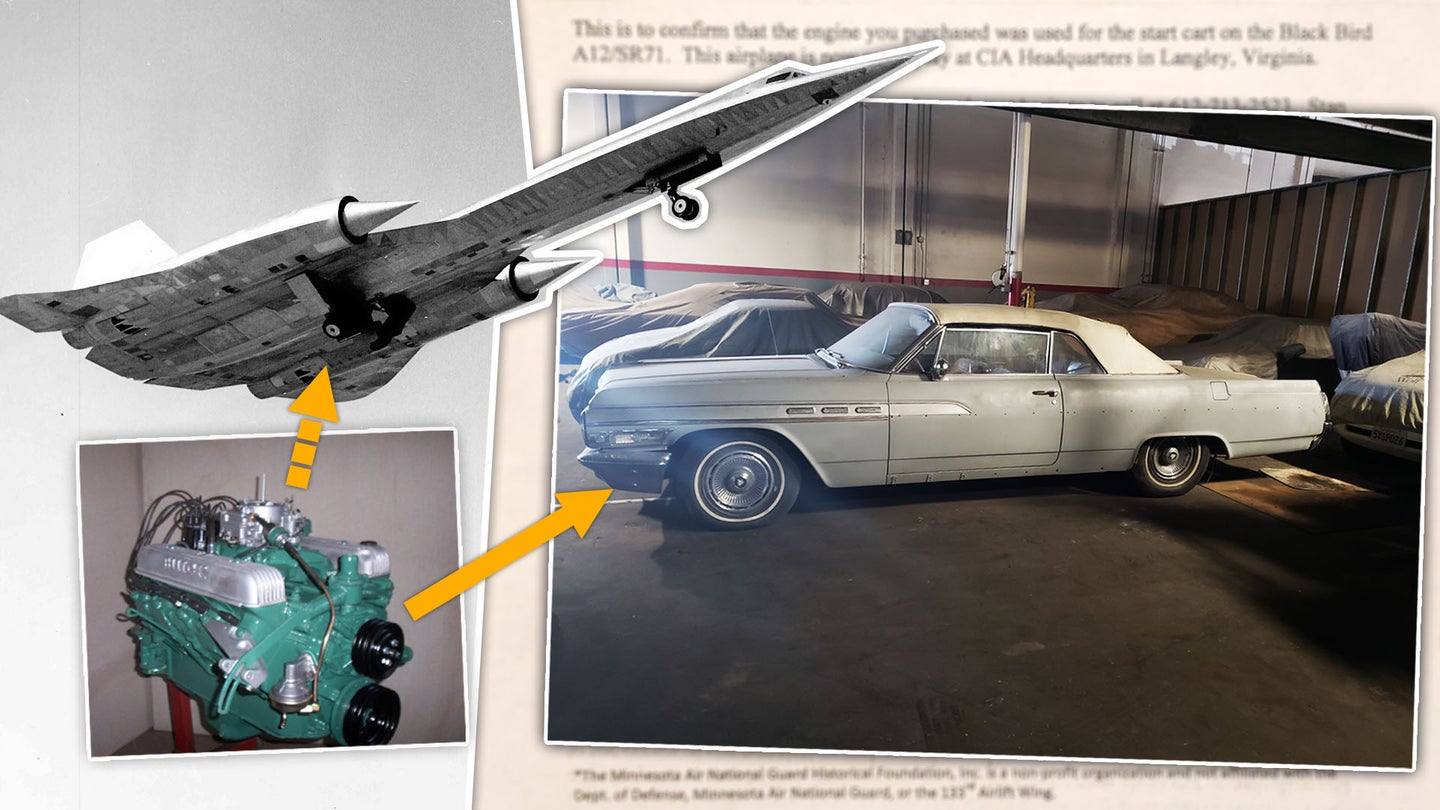
Peter Holderith
With a top speed of Mach 3.35, or 2,221 mph, the Lockheed A-12 “Archangel” or “Oxcart” is the fastest air-breathing jet ever built—even faster than its larger two-seat cousin, the SR-71 Blackbird. But getting an Archangel into the sky is no easy task. Spinning up its massive J58 engines takes a lot of grunt, which is why hugely powerful “start carts”—comprised of two American V8 engines and two automatic transmissions with a single output shaft—were created to turn the engines over and get them to idle speed and ultimately keep the CIA’s private air force of A-12s in the sky.
Today almost all of these carts, known as AG-330s, are in museums, standing silent forever with the planes they helped start. But more than a decade ago, an engine from one of these carts escaped into private hands. After spending most of its life fighting the Cold War, a Buick 425 lifted from an AG-330 is finally making its way into an actual car after years of uncertainty. This story is without a doubt one of the most interesting engine swap tales you’ll find, and the car it’s going in—a 1963 Buick Wildcat convertible—is equally special.
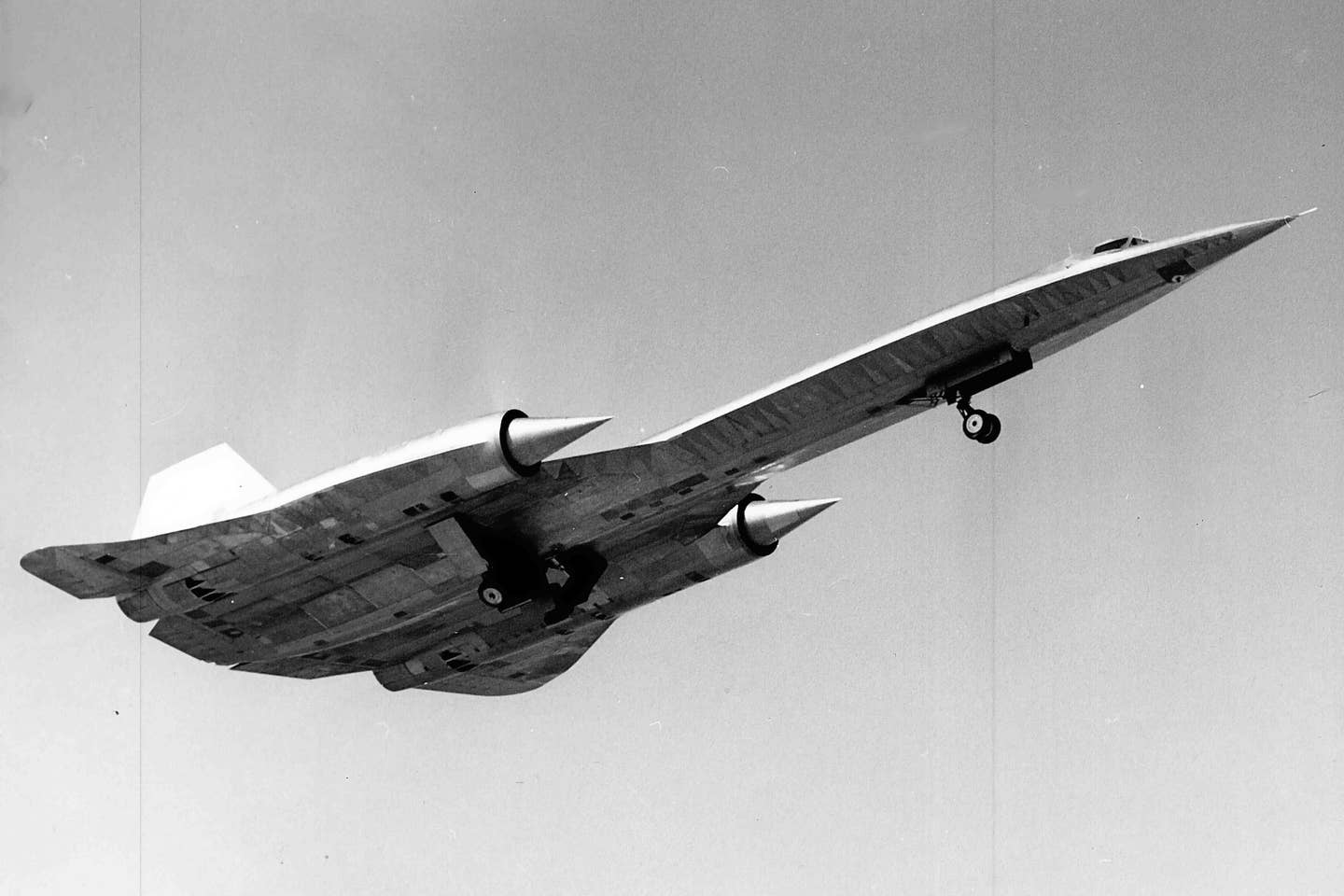
Wikimedia
Really, it’s surprising any of the engines used in AG-330s survived at all. The two V8s were mounted side by side in the cart complete with cooling systems and a few vital accessories. Then they were mated together rather crudely with a massive foot-wide rubber belt. The belt was in-turn hooked up to a 90-degree gearbox which got the engine output facing up in the right direction. This output could be extended vertically into the engine nacelle of the A-12/SR-71, at which point it would spin up the J58, sustain the RPMs (hopefully) long enough for the engine to fire, and then fall out once the jet power was sustained.
This didn’t always go to plan, though. Sometimes the engines would still be cold and wouldn’t like being revved up to redline. Sometimes the J58s wouldn’t light, and multiple restart attempts were necessary. On multiple occasions, V8s were grenaded in the name of operational readiness. As a Blackbird crew chief we spoke to will later explain, he was “involved in the deaths of several 425s.” Before we get to any further descriptions of mechanical carnage, however, let us tell you how this cart actually escaped a museum. It’s an interesting story by itself.
A Stolen Oxcart
After a hard life being punished by Archangel ground crews, the engine’s journey into private hands began back in 2007, when the CIA decided that for its 60th birthday, it wanted a new lawn ornament put in front of its Langley, Virginia headquarters. More specifically, it wanted one of its A-12s back. There was a problem with that, though: these incredible aircraft weren’t exactly just in storage somewhere. Just 15 A-12s were built with six lost in accidents over the years. The nine remaining were all prized museum pieces, so for the CIA to get its birthday gift, it became a matter of which archive of aviation history was going to lose its crown jewel.
In the end, it was decided that the CIA’s bird would be taken from the Minnesota Air National Guard Museum, a decision that broke many hearts at the time. Ultimately, though, the A-12 was still government property, and the government could do what it pleased with its property. It was disassembled, shipped across the country, and re-assembled in Langley.
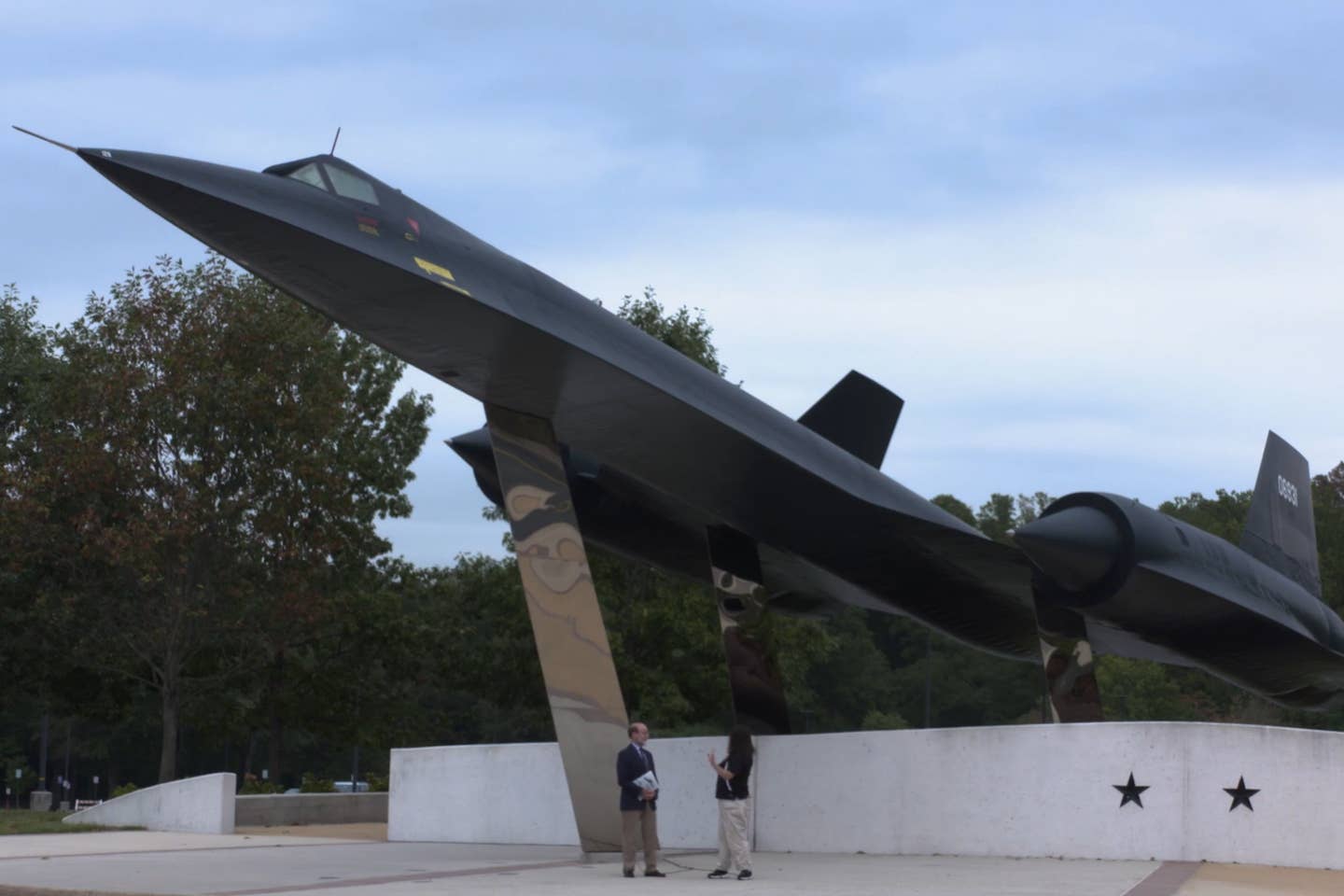
Smithsonian National Air and Space Museum via YouTube
Fast forward to 2011, and the museum had been without its A-12 for a few years now. It was not, however, without the AG-330 start cart matched to that very aircraft. Having no A-12 to park it next to, the museum decided to sell the engines out of it. This was a relatively straightforward process, but there was a problem. After a troubled existence cranking over massive jets, one of the V8s turned out to be completely seized. That one wasn’t worth anything to most people. The other engine, however, was still in OK condition. It was removed without much fuss, put up for sale, and sold for just $800 along with its Dynaflow transmission to a user on the Jalopy Journal forums. Yes, this guy bought a start-cart Buick 425 matched to the A-12 mounted in front of CIA headquarters, serial number 60-6931, for $800. (I actually wrote a story about the whole ordeal last year before I worked at The Drive.)
According to the user, he planned to put it into a 1936 Ford Coupe, also known as a five-window coupe. For one reason or another, that didn’t happen. After a bit of time passed, the engine was sold to an experienced Nailhead builder out of the midwest named Jerry Wright. The current owner, Eric Godtland, purchased the rebuilt and refreshed engine from Wright. After reading my story, he contacted me and provided many of the details you’re reading now.
The Project
The phrase “I know what I have” is a classic among boastful car enthusiasts, but in Godtland’s case, he really does know. Godtland shared a letter with us that was given to its first owner by the Minnesota Air National Guard Museum, proving the motor’s authenticity.
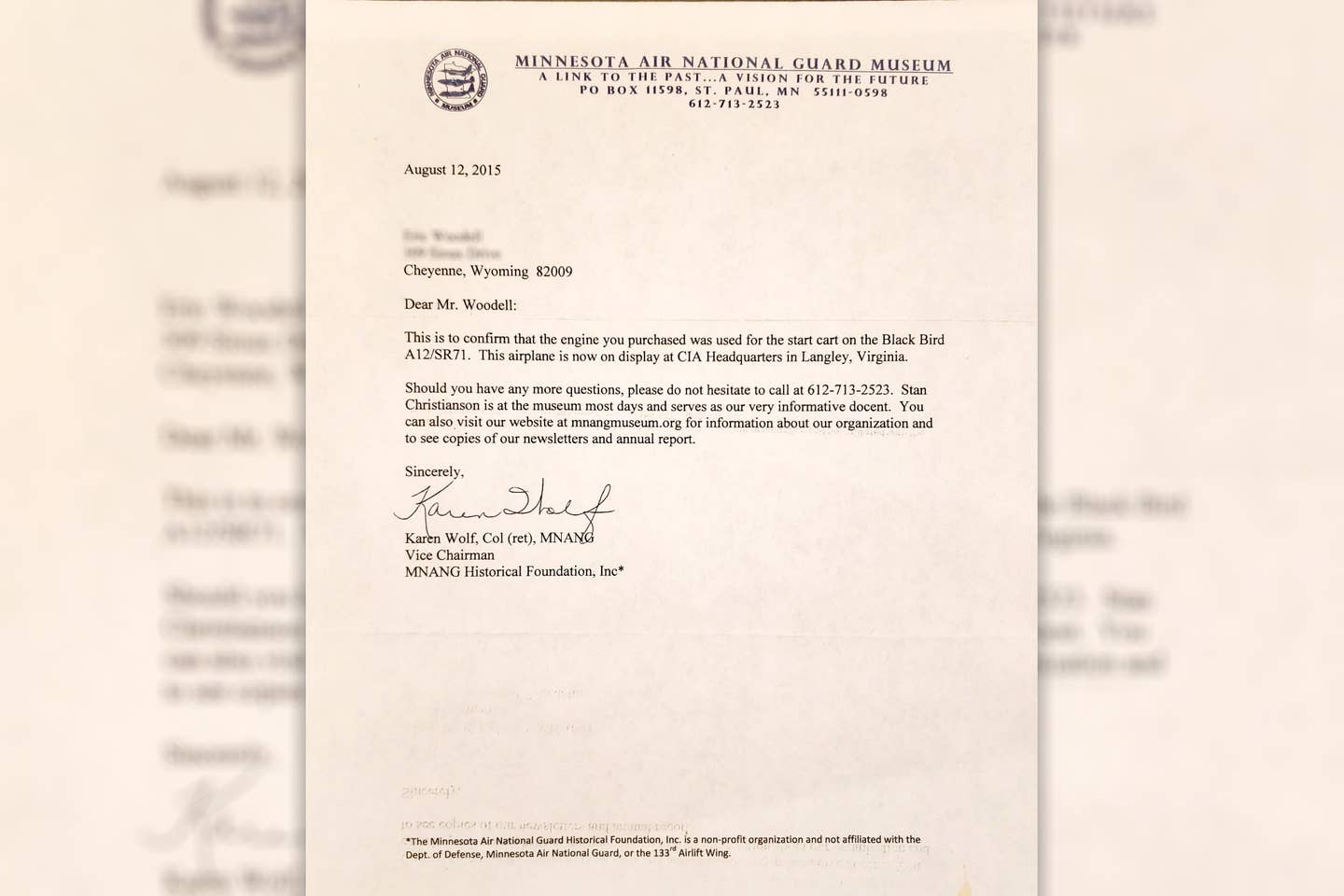
Eric Godtland
He also shared with us the receipt from the engine builder, Wright. Apparently, this was the last engine the elderly Wright worked on before retiring. It was bored thirty thousandths over, received a slew of new bearings for the cam crank and rods, new gears in the oil pump, new pistons, and a variety of other top-end upgrades like a new Carter AFB carburetor and an updated ignition system. Wright also threw in a set of cast aluminum finned valve covers to replace the old pressed steel ones, an eye-pleasing update.
As mentioned, the previous owner wanted to put the engine in a ’36 Ford Coupe, but that never happened (thankfully, if you ask me). In my original article on Hooniverse, I suggested that a 1965 Buick Riviera GS might be more appropriate. Speaking to Godtland, however, he disagreed.
Godtland was considering purchasing a 1963 Buick Wildcat convertible, but it was in rough shape. The engine in the car was not original to the chassis, and spending money on an old Wildcat that needed a full restoration—without a numbers matching engine—was a turn-off to him. When he stumbled upon the start-cart 425 built by Wright, however, he knew it was the perfect engine for the project, and not just because of its provenance.
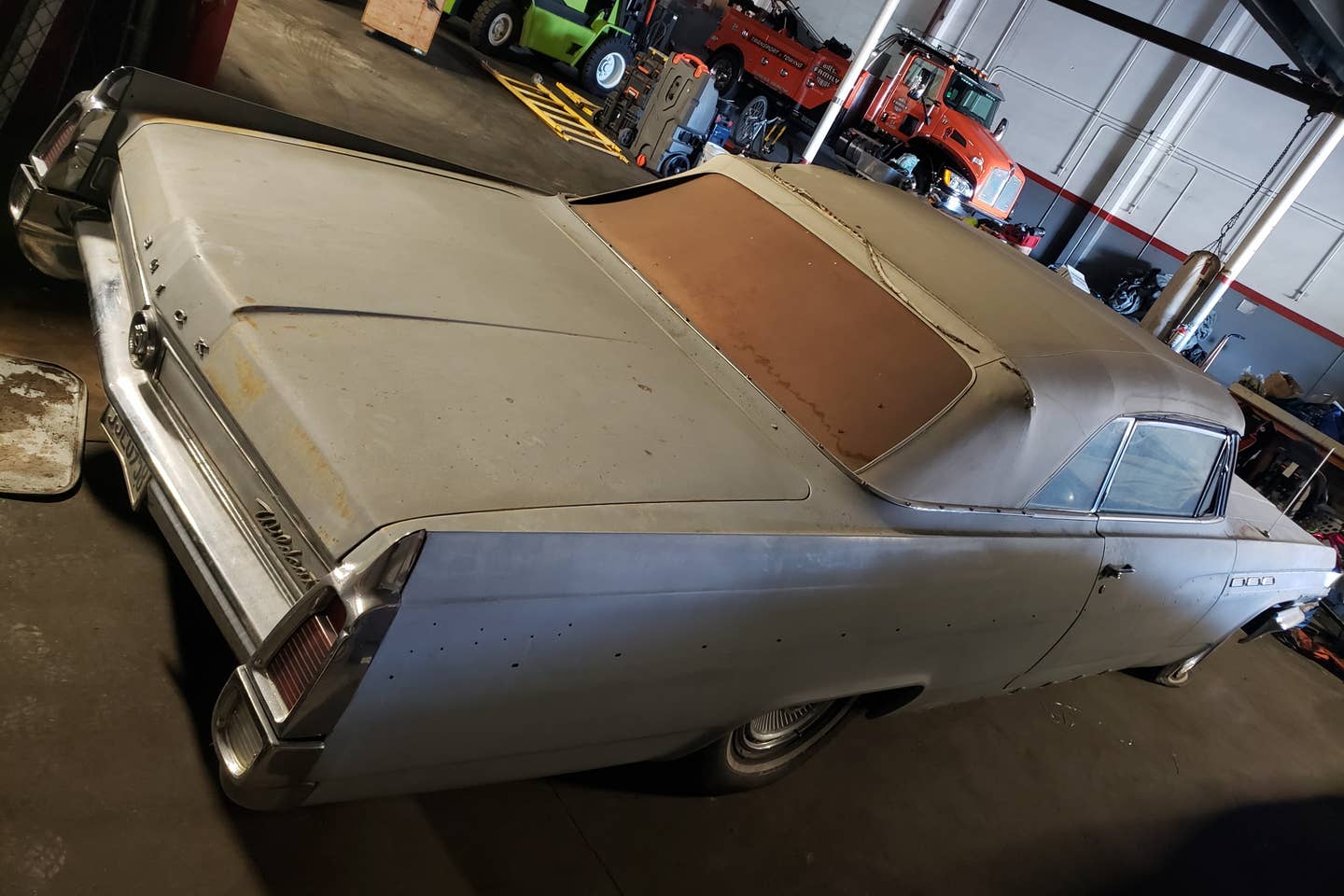
Eric Godtland
The Nailhead was built in 1963, which makes it especially rare. Very few cars rolled off the line in 1963 equipped with the 425, at which point the engine was still mated to the old Dynaflow automatic transmission. “In 1963, only at the very end of the year, did they make 425s for any of the cars…. only about 30 cars apparently came with the 425 engine,” Godtland said.
So this is a rare engine even before its AG-330 roots enter the picture. If he brought together this Wildcat and this Dynaflow-equipped 425, he wouldn’t be doing an engine swap just for the sake of an engine swap. It would make the restoration even more interesting.
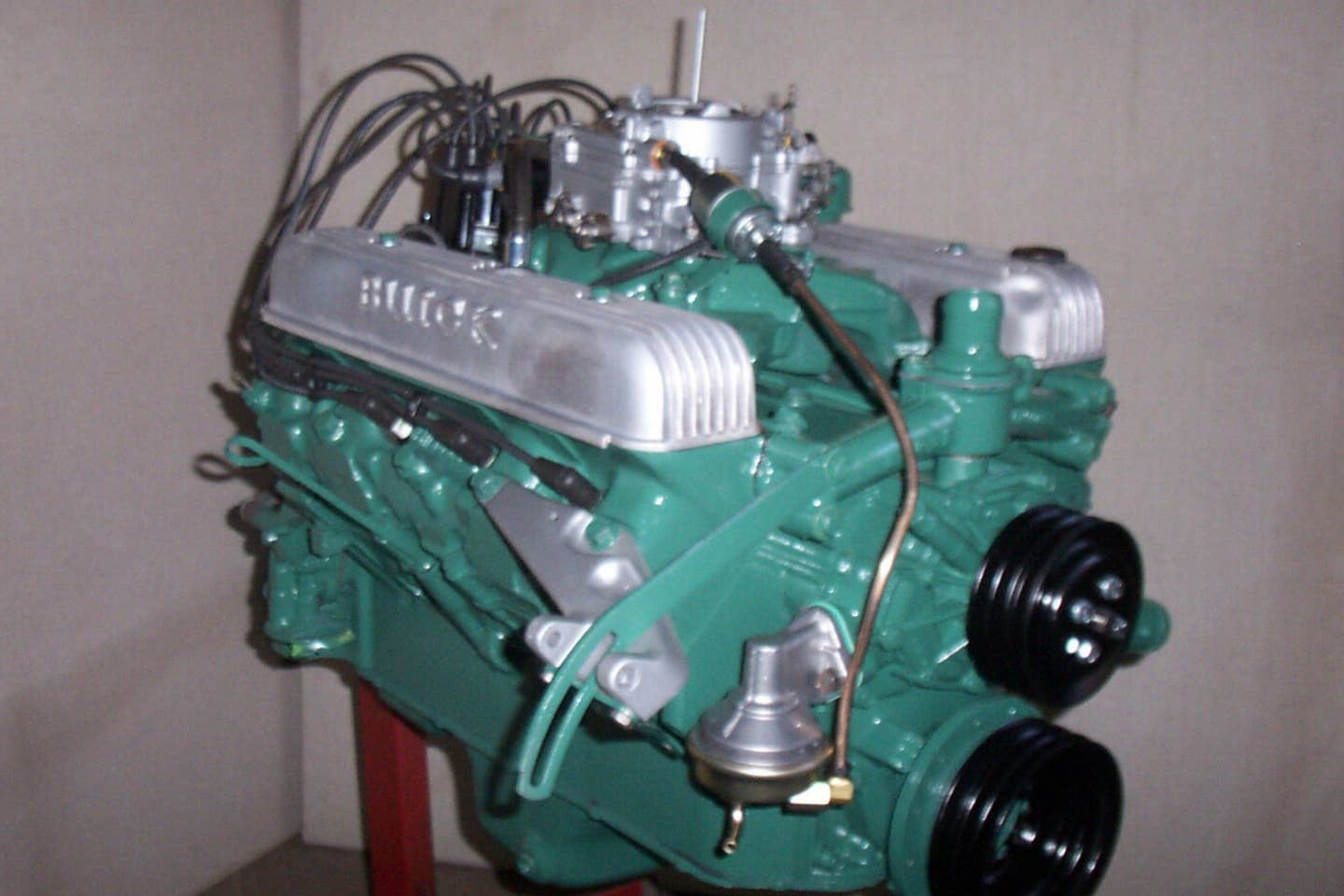
With that in mind, he purchased the Wildcat and the Nailhead engine. Work is currently moving forward to restore the car to a condition worthy of one of the coolest Buick V8s out there. Talk about a conversation piece.
The Coolest Buick Out There
Some of Edmonson’s other stories will have to hold you off in the meantime, because the start-cart Buick project has yet to be completed. When it is, though, we’ll be certain to have pictures of the build for everyone to see. The car’s current engine needs to be removed, the interior needs work, and obviously the paint, convertible top and trim are going to need to be addressed as well.
Godtland says it will be repainted in a metallic brown color; Bronze Mist. He also plans to install a saddle brown interior. Combine that with some nice weather, a 425 Nailhead with one heck of a story, and the top down? I’m not sure there will be a cooler Buick anywhere.
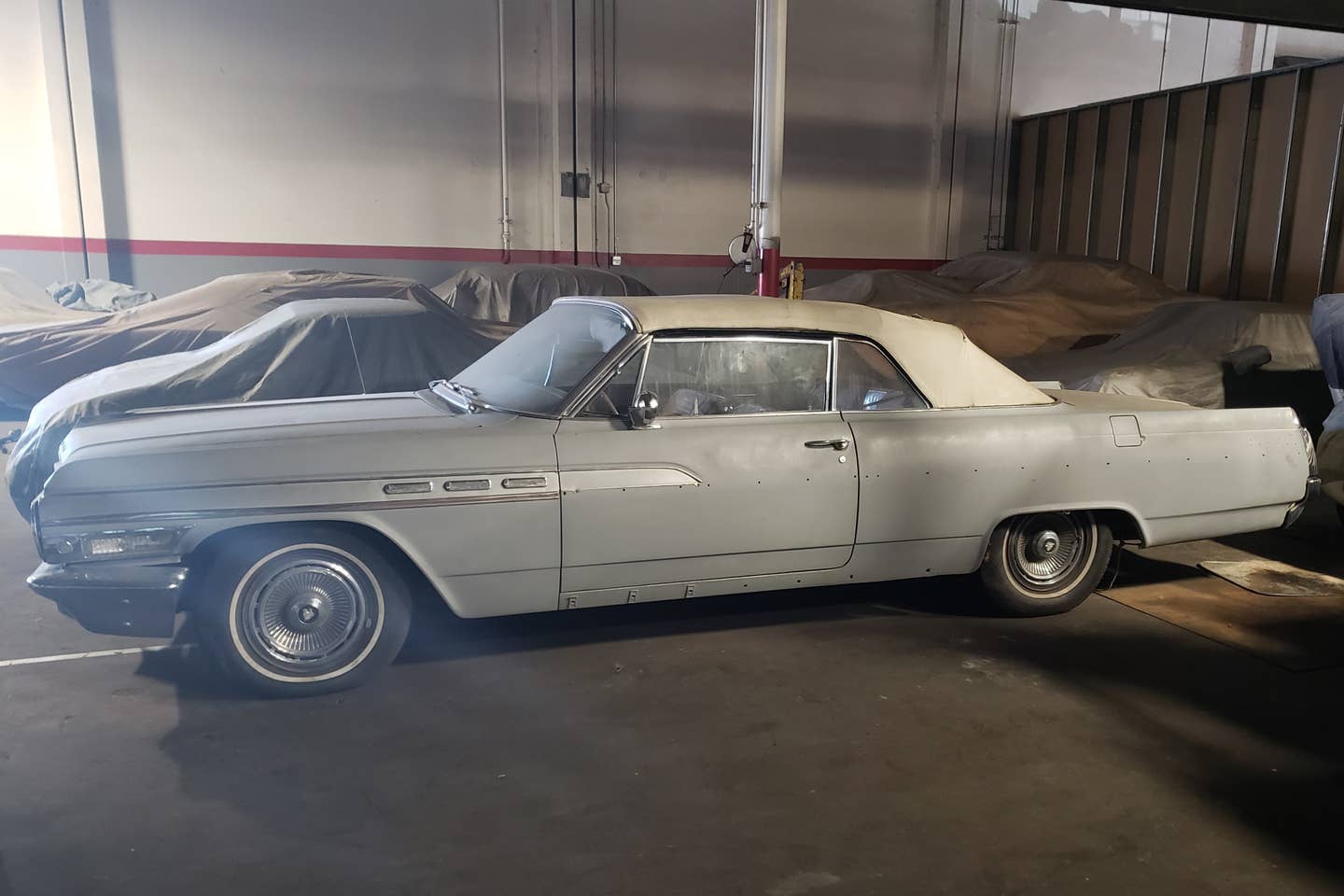
Eric Godtland
Godtland told me he’s glad the project is coming together, saying that it seems silly he ever considered not buying the Wildcat after getting his hands on the incredible engine that’s going to power it. And the cost of all of this interesting history? Well, that may surprise you as well.
“The price of the motor and the price of the car were actually both pretty low,” Godtland told me. “But the combination of the two, you know the universe opened up, and quite clearly was screaming at me: ‘You should do this!’ Right?”